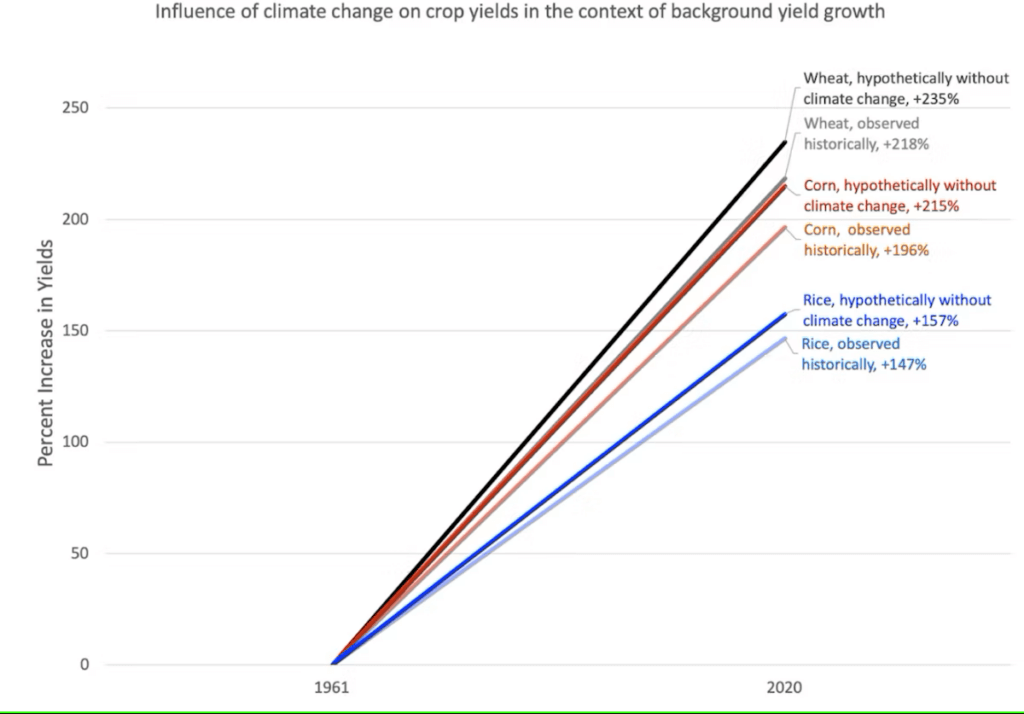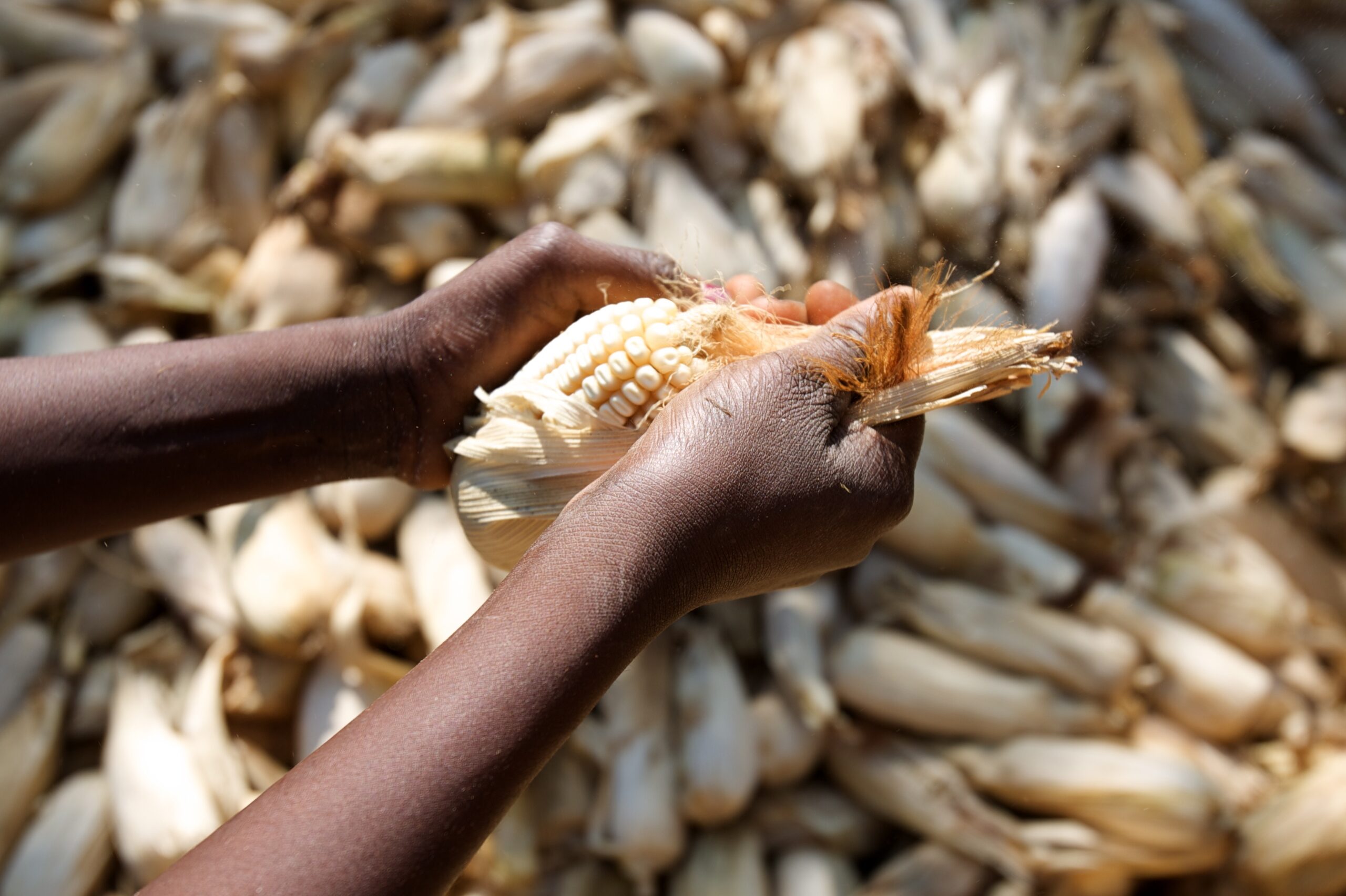Report on the Massachusetts Food Security Infrastructure Grant Program
Introduction: State Investment in Local Food Systems
The Healey-Driscoll administration has allocated over $22 million through the Food Security Infrastructure Grant (FSIG) program to 113 local food producers and organizations across Massachusetts. This initiative is designed to combat food insecurity by strengthening the state’s local food production and distribution infrastructure. The funding aims to enhance resident access to fresh, locally sourced food, thereby advancing several key United Nations Sustainable Development Goals (SDGs).
Program Objectives and Alignment with Sustainable Development Goals (SDGs)
The FSIG program, established in 2020, provides capital for infrastructure projects that improve the resilience and equity of the local food supply chain. The program’s objectives are in direct alignment with the following SDGs:
- SDG 2: Zero Hunger: The primary goal is to address food insecurity, which affects an estimated one in three Massachusetts residents. By increasing the availability of locally produced food, the program works to ensure all residents have access to sufficient, safe, and nutritious food.
- SDG 8: Decent Work and Economic Growth: The grants support local farmers, fishers, and food businesses, stimulating the local economy and promoting the viability of agricultural enterprises. This investment fosters sustainable economic growth within the state’s food sector.
- SDG 11: Sustainable Cities and Communities: The program prioritizes communities facing unequal food access, including gateway cities and food deserts. This focus helps build inclusive, safe, and resilient local food systems, which are critical components of sustainable communities.
- SDG 12: Responsible Consumption and Production: By strengthening local supply chains, the program reduces reliance on external food sources and mitigates future supply-chain disruptions. This promotes more sustainable patterns of food production and consumption within the Commonwealth.
Impact on Food System Resilience and Capacity
State officials emphasize that the FSIG program is a critical investment in building a resilient and self-sufficient food system, particularly in light of challenges such as extreme weather, rising production costs, and vulnerabilities in the national food supply chain exposed during the pandemic. The grants enable producers to modernize aging infrastructure, expand growing and distribution capacity, and implement innovative solutions. This enhancement of local capabilities directly contributes to the state’s long-term food security and supports the partnership-driven approach of SDG 17 (Partnerships for the Goals) by fostering collaboration between government bodies and local food producers.
Fiscal Year 2024 FSIG Awards in Berkshire County
The following organizations in Berkshire County were recipients of the grant funding:
- Berkshires Bounty Inc., Great Barrington: $73,083
- Maple Shade Farms Inc., Sheffield: $585,682
- Red Shirt Farm LLC & Red Shirt Farm Market LLC, Lanesborough: $16,222
- Roots Rising, Pittsfield: $109,914
- William J. Gould Associates Inc. (dba Gould Farm), Monterey: $108,765
1. Which SDGs are addressed or connected to the issues highlighted in the article?
- SDG 2: Zero Hunger: This is the primary goal addressed. The article focuses entirely on the Food Security Infrastructure Grant (FSIG) program, which aims to combat food insecurity, improve access to nutritious food, and support local, sustainable agriculture.
- SDG 1: No Poverty: The article connects food insecurity with economic vulnerability. By providing affordable food and supporting local farmers and businesses, the initiative helps alleviate a key dimension of poverty.
- SDG 8: Decent Work and Economic Growth: The grants support “local food producers,” “farmers,” and “local businesses,” fostering economic growth and strengthening small- and medium-sized enterprises within the state’s food sector.
- SDG 11: Sustainable Cities and Communities: The program aims to build a “strong, resilient food system” to mitigate future supply-chain disruptions, making communities more self-sufficient and resilient to shocks like the pandemic.
- SDG 12: Responsible Consumption and Production: By strengthening the “local food supply chain” and making residents “rely less on outside food sources,” the initiative promotes more sustainable production and consumption patterns with shorter supply chains.
2. What specific targets under those SDGs can be identified based on the article’s content?
SDG 2: Zero Hunger
- Target 2.1: End hunger and ensure access to safe, nutritious, and sufficient food. The article directly addresses this by stating the program’s goal is to “address food insecurity” and provide residents “more access to fresh, locally grown and produced food,” especially for those in “food deserts” or facing “unequal access to food.”
- Target 2.3: Double the agricultural productivity and incomes of small-scale food producers. The grants are awarded to “local food producers,” “farmers,” and “fishers” to fund projects that “increase their production and viability” and “modernize and increase their growing and distribution capacity.”
- Target 2.4: Ensure sustainable food production systems and implement resilient agricultural practices. The article highlights that the program helps farmers and fishers “build resilience for the future” against challenges like “unpredictable and extreme weather” and helps “mitigate future supply-chain issues.”
SDG 8: Decent Work and Economic Growth
- Target 8.3: Promote policies that support productive activities, entrepreneurship, and the growth of small- and medium-sized enterprises. The FSIG program acts as a state-level policy providing over “$22 million in grants” directly to “113 local food producers and food system organizations,” which are described as the “foundation of Massachusetts’ economy.”
SDG 11: Sustainable Cities and Communities
- Target 11.5: Reduce the number of people affected by disasters. The article references the pandemic, which “exposed great weaknesses in our national food supply,” and explains that the grants help ensure “when disruptions occur, we have strong, local systems in place to feed our residents.”
3. Are there any indicators mentioned or implied in the article that can be used to measure progress towards the identified targets?
- Prevalence of food insecurity: The article explicitly mentions a key indicator used to measure the problem: “one in three residents faced food insecurity in 2024,” according to a report by the Greater Boston Food Bank. This serves as a baseline to measure the program’s success.
- Financial investment in food systems: The article states the total grant amount as “over $22 million.” This figure is a direct indicator of the financial resources being mobilized to strengthen the local food infrastructure.
- Number of supported enterprises: The article mentions that the funds support “113 local food producers and food system organizations.” This number is an indicator of the program’s reach and its support for small-scale producers and local businesses.
- Increased production and distribution capacity: An implied indicator is the outcome of the funded projects. The article notes that the grants are used to “increase their growing and distribution capacity” and “renovate aging infrastructure,” suggesting that progress could be measured by tracking increases in food production and distribution efficiency among the grant recipients.
4. SDGs, Targets and Indicators Table
| SDGs | Targets | Indicators |
|---|---|---|
| SDG 2: Zero Hunger | 2.1 End hunger and ensure access by all people to safe, nutritious and sufficient food all year round. | Prevalence of food insecurity (Explicitly mentioned: “one in three residents faced food insecurity in 2024”). |
| 2.3 Double the agricultural productivity and incomes of small-scale food producers. | Number of supported local food producers (113); Amount of financial support provided ($22 million). | |
| 2.4 Ensure sustainable food production systems and implement resilient agricultural practices. | Investment in infrastructure to build resilience against climate and supply-chain shocks (Implied by the program’s goals). | |
| SDG 8: Decent Work and Economic Growth | 8.3 Promote development-oriented policies that support productive activities and the growth of small- and medium-sized enterprises. | Total grant funding disbursed to local businesses ($22 million); Number of enterprises receiving grants (113). |
| SDG 11: Sustainable Cities and Communities | 11.5 Significantly reduce the number of people affected by disasters. | Development of a resilient local food system to mitigate the effects of supply-chain disruptions (Implied by the program’s response to pandemic-exposed weaknesses). |
Source: theberkshireedge.com







